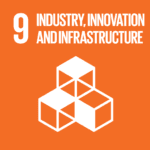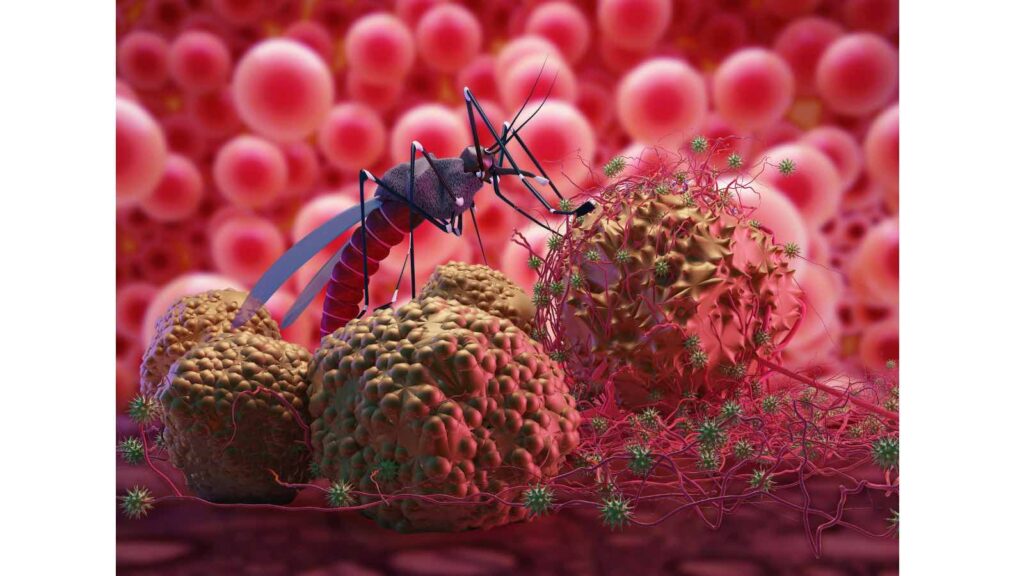A Computer-Aided Diagnosis (CAD) system trained to detect malaria parasites in blood smear images—an area long reliant on manual microscopy.
JAKARTA, INDONESIA — In a landmark fusion of biomedical science and artificial intelligence, Indonesia’s National Research and Innovation Agency (BRIN) has developed an AI-powered diagnostic tool aimed at identifying malaria infections with greater speed and accuracy—offering new momentum for the country’s ambitious goal to eliminate malaria by 2030.
The innovation may reshape how developing nations combat tropical diseases, especially in remote and underserved regions, by addressing the dual challenges of accuracy and access in early diagnosis.
RELEVANT SUSTAINABLE GOALS


A Technological Leap in Malaria Detection
At the heart of this initiative is a Computer-Aided Diagnosis (CAD) system trained to detect malaria parasites in blood smear images—an area long reliant on manual microscopy. The conventional approach, while reliable in expert hands, is time-consuming, resource-intensive, and vulnerable to human error, especially in high-burden regions with limited medical personnel.
“Our main goal is to automate malaria diagnosis through microscopic image recognition,” said Dr. Anto Satriyo Nugroho, Head of BRIN’s Research Center for Artificial Intelligence and Cybersecurity. “By integrating AI, we’re enhancing speed without sacrificing diagnostic quality.”
Using a dataset of 1,388 microscopic images collected from endemic regions such as Kalimantan, Papua, and Sumba, the system was trained to identify various malaria parasites—Plasmodium falciparum, P. vivax, P. malariae, and P. ovale—as well as to distinguish between species and developmental stages.
Promising Early Results in a High-Burden Nation
Initial trials have yielded promising results. The AI model demonstrated a sensitivity of 84.37% in detecting infected cells and achieved an F1-score accuracy of 80.60%. It also boasted a positive predictive value (PPV) of 77.14%—key indicators of its reliability.
Given that Indonesia ranks second in Asia for malaria burden after India—with over 500,000 reported cases in 2024, 88% of which are in Papua—such innovation could be transformative.
“This technology offers not just clinical accuracy, but logistical scalability,” said Nugroho. “It has the potential to support mass blood surveys and bring diagnostic capacity to the country’s most remote communities.”
By digitizing microscopic expertise, the AI tool can effectively democratize malaria detection in areas lacking trained technicians. It opens the door for remote diagnostics, enabling frontline healthcare workers to screen patients without needing extensive training in microscopy.
“In some endemic areas, examining a single blood smear might involve analyzing up to 1,000 erythrocytes. AI can significantly reduce this burden,” Nugroho explained.
Such efficiencies could prove vital in regions like Papua, where logistical challenges and infrastructure gaps often hinder early diagnosis and treatment.
Challenges: Morphological Complexity and Cross-Disciplinary Needs
Despite the success, challenges remain. Chief among them is the parasite’s complex morphology, which changes across different lifecycle stages and can vary by species.
“This isn’t just about computing power,” Nugroho emphasized. “Understanding the biological and clinical context is crucial. AI needs to be co-developed with biomedical experts to ensure it’s truly beneficial for patients.”
He further noted that quality dataset curation, robust model training, and field validation are essential for the tool’s success at scale.
BRIN’s AI initiative is aligned with Indonesia’s broader national malaria elimination strategy. Beyond diagnostics, it represents a new model of interdisciplinary research, bringing together computer scientists, clinicians, epidemiologists, and public health officials in a shared mission.
The tool’s potential is not only in diagnosing disease but in informing public health surveillance systems, enabling faster responses to outbreaks and more precise allocation of resources.
“The goal is not just elimination by 2030,” said Nugroho, “but building resilient systems that can stay ahead of disease evolution.”
While developed in Indonesia, the implications of this technology stretch far beyond its borders. Tropical nations across Africa, Southeast Asia, and the Pacific face similar challenges in combating malaria.
By leveraging AI for scalable, low-cost, and efficient diagnosis, Indonesia may offer a replicable model for other malaria-endemic countries. International collaborations—such as those with the Eijkman Molecular Biology Research Center—are already helping lay the groundwork for broader adoption.
“This is a moment of convergence,” Nugroho concluded. “AI is not just a buzzword—it’s a practical solution for public health equity, especially in diseases where time, accuracy, and access mean everything.”




